I. Huangshan Scenic Area
Huangshan, located in Huangshan City, Anhui Province, was originally named Yishan. It was renamed Huangshan during the Tang Dynasty, meaning “Mountain of the Yellow Emperor.” Huangshan is a UNESCO World Heritage Site, recognized as both a natural and cultural heritage site, a global geopark, and one of China’s top ten scenic spots. It is also a National 5A Tourist Attraction. 
The Huangshan Scenic Area covers an area of 160.6 square kilometers, stretching from Huangshi in the east to Xiaoling in the west, starting at Erlong Bridge in the north and reaching Tangkou Town in the south. It is divided into nine management areas: Hot Springs, Cloud Valley, Jade Screen, North Sea, Pine Valley, Fishing Bridge, Floating Stream, Yang Lake, and Fuguyuan, featuring over 200 scenic spots.
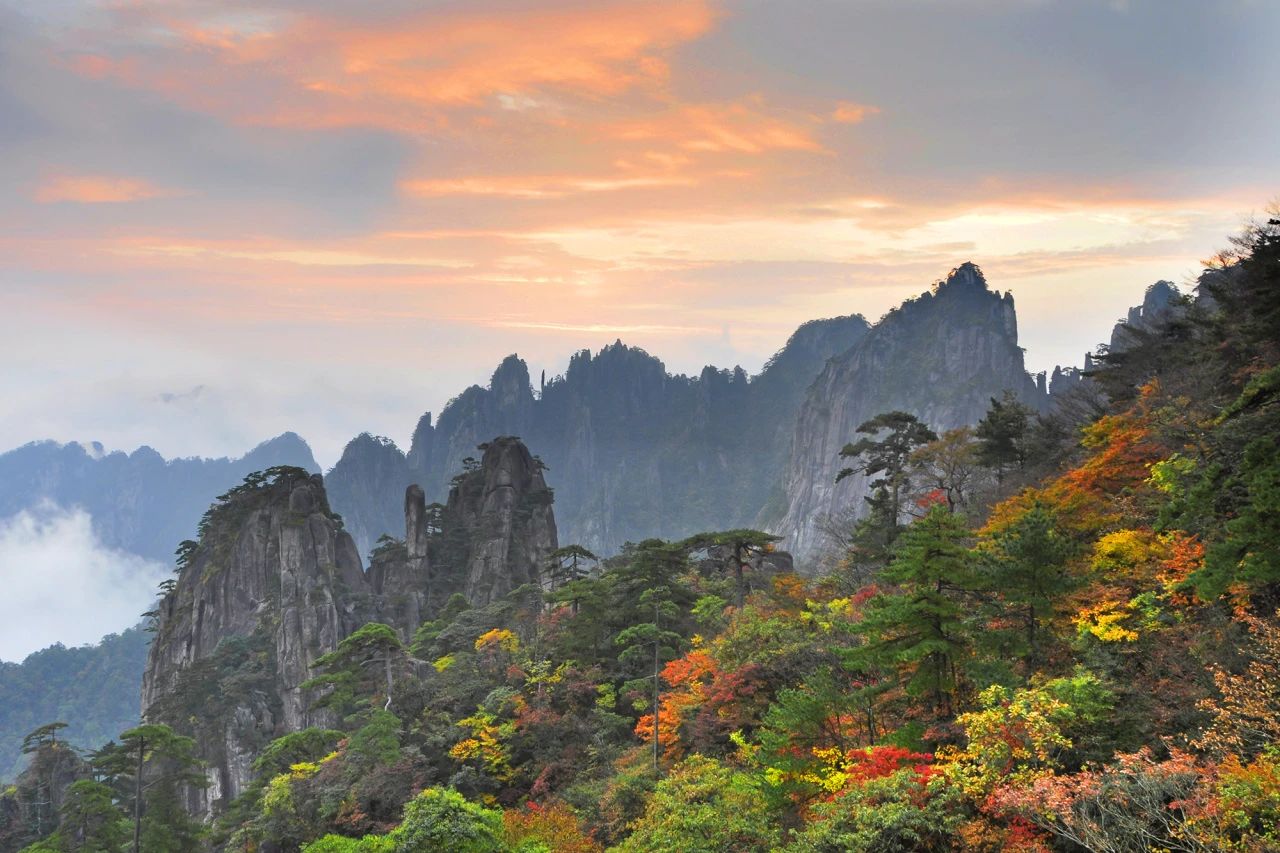
Huangshan is renowned for its “Five Wonders”: peculiar pines, grotesque rocks, sea of clouds, hot springs, and winter snow, earning it the title of “the most extraordinary mountain in the world.” The saying, “After visiting the Five Great Mountains, you need not look at others; after visiting Huangshan, you need not see the Great Mountains,” encapsulates its appeal.
Related Articles: Huangshan: The Number One Marvelous Mountain in China
Major Attractions:
Four Wonders of Huangshan:
The Four Wonders refer to the four unique landscapes of Huangshan: peculiar pines, grotesque rocks, sea of clouds, and hot springs.
- Peculiar Pines: Huangshan’s “Welcoming Guest Pine” is famous for its unique shape. Notable Huangshan pines include the Welcoming Guest Pine, Looking Guest Pine, Sending-off Pine, Sea-viewing Pine, Meditation Pine, Black Tiger Pine, Sleeping Dragon Pine, Qilin Pine, and Intertwined Pine, totaling ten famous pines. Many pines have been cataloged in the “Pine Genealogy,” highlighting the hundreds of pine trees, each with its unique beauty and elegance.
- Grotesque Rocks: Over 120 uniquely shaped rocks have been named in Huangshan. Their forms vary greatly, and viewing them from different angles and under various weather conditions leads to differing perceptions, as expressed in the saying, “A ridge from one side, a peak from the other, and heights and depths differ.” Iconic formations include “Dream Pen,” “Magpie on Plum,” “Old Monk Collecting Herbs,” “Su Wu Herding Sheep,” “Flying Rock,” and “Monkey Gazing at Peace.”
- Sea of Clouds: Huangshan is famous for its clouds and mist, creating spectacular “sea of clouds” views that are celebrated for their beauty and surreal qualities throughout the year, especially in winter. The sea of clouds can be seen from various directions, including East Sea, South Sea, West Sea, North Sea, and Tianhai. The area experiences over 200 cloudy days a year, particularly after rain.
- Hot Springs: One of Huangshan’s Four Wonders, the hot springs (historically known as Tangquan), emerge from beneath Ziyun Peak at an altitude of 850 meters. The mineral-rich water can be enjoyed for drinking and bathing. According to legend, the Yellow Emperor bathed here for 49 days, achieving rejuvenation and immortality.
Scenic Areas:
- Yuping Scenic Area: Centered around Yuping Tower, this area features Lotus Peak and Tiandu Peak. Attractions include “Penglai Islands,” “Hundred-step Cloud Ladder,” “Skyline,” and “Aoyu Cave.”
- Beihai Scenic Area: Situated in the heart of Huangshan, this area lies between Guangming Ding and the peaks of Shixin, Lion, and White Goose. It features open spaces at an altitude of approximately 1600 meters, with prominent peaks such as Shizifeng and Gongyangshan.
- Hot Springs Scenic Area: Formerly known as Taoyuan Fairyland, this area is now a reception center for Huangshan tourism, featuring scenic bridges, Peach Blossom Stream, and Xiaoyao Stream.
- Baiyun Scenic Area: Located in western Huangshan, this area encompasses 1655 hectares and is known for its beautiful landscapes and the Diao Bridge Monastery.
- Songgu Scenic Area: Situated in the northern foothills of Huangshan, this area offers a rich variety of flora and fauna, along with unique rock formations.
- Yungu Scenic Area: Located in the eastern part of Huangshan, Yungu is a valley with historical significance, known for its ancient trees, peculiar rocks, and scenic waterfalls.
II. Xidi Ancient Town
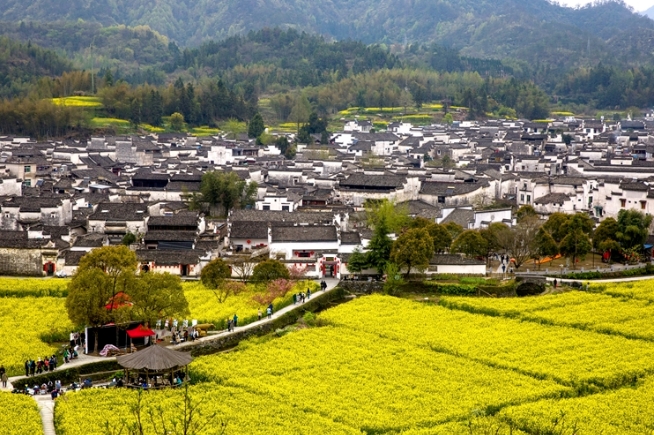
Xidi Ancient Town
III. Jiuhua Mountain Scenic Area

Related Articles:China’s Four Famous Buddhist Mountains: Mount Jiuhua
IV. Tianzhu Mountain Scenic Area
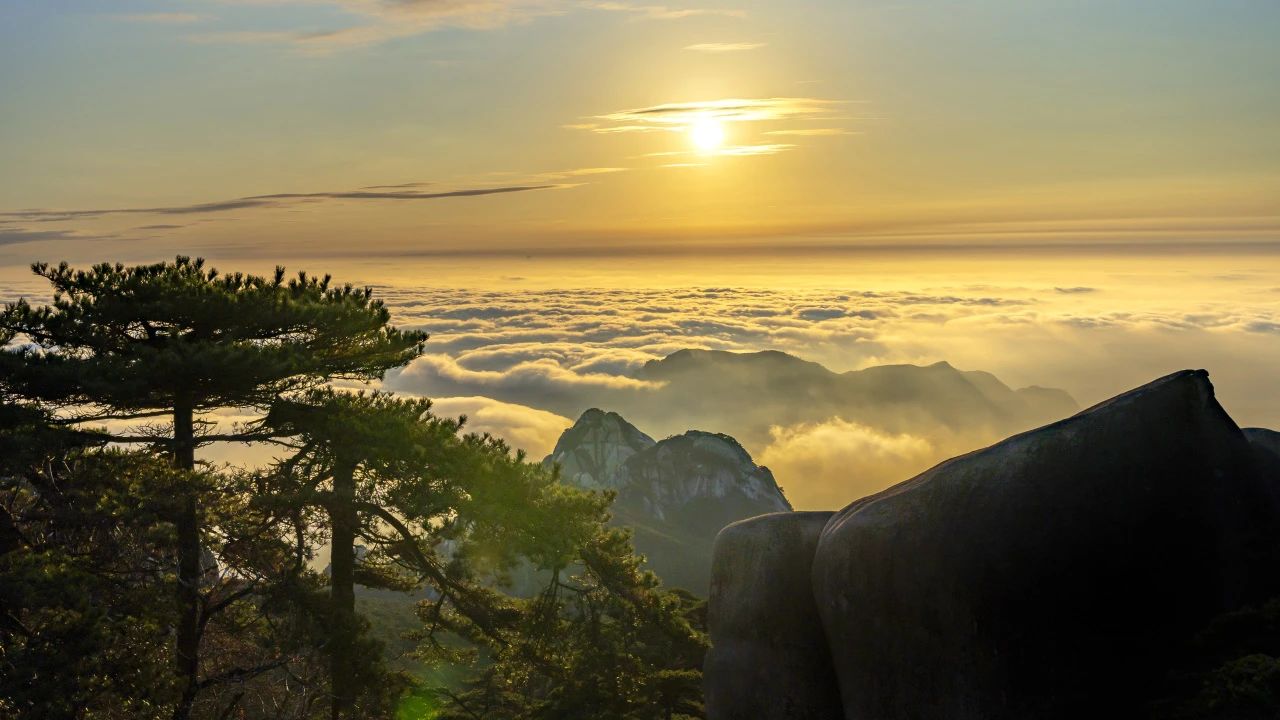
Related Articles:Introduction to Tianzhushan Scenic Area in China
Tianzhu Peak
V. Tiantangzhai Scenic Area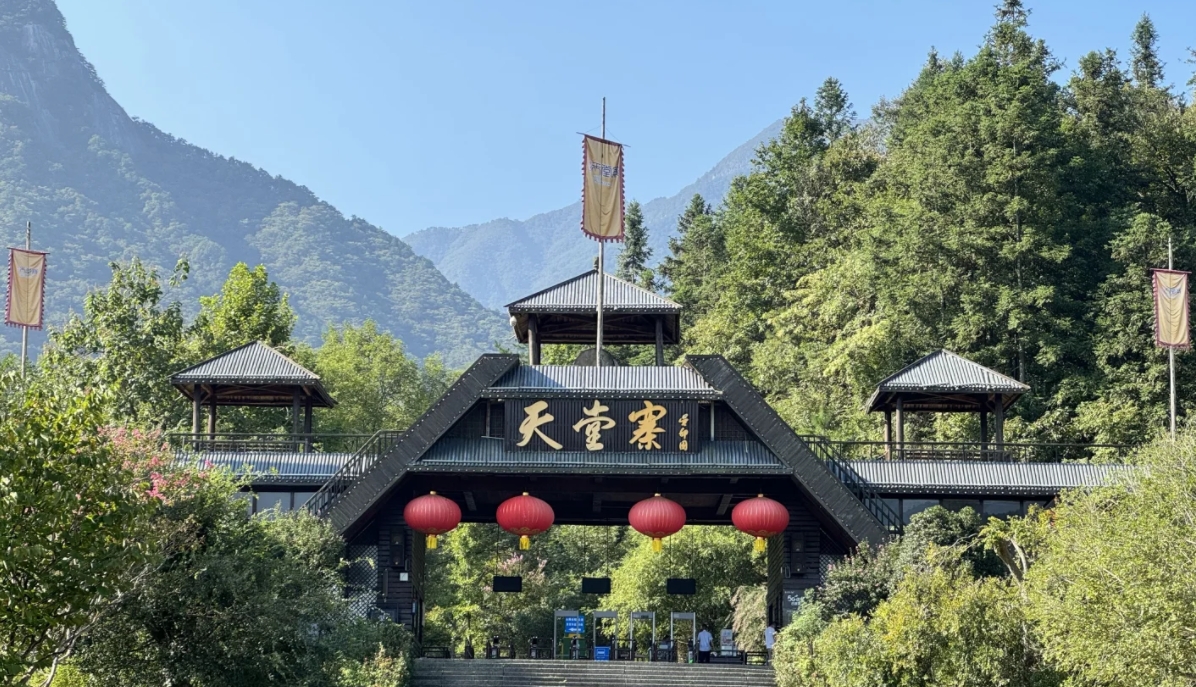
Related Articles:One-day Tour Guide for Tiantangzhai
VI. Balihe Scenic Area
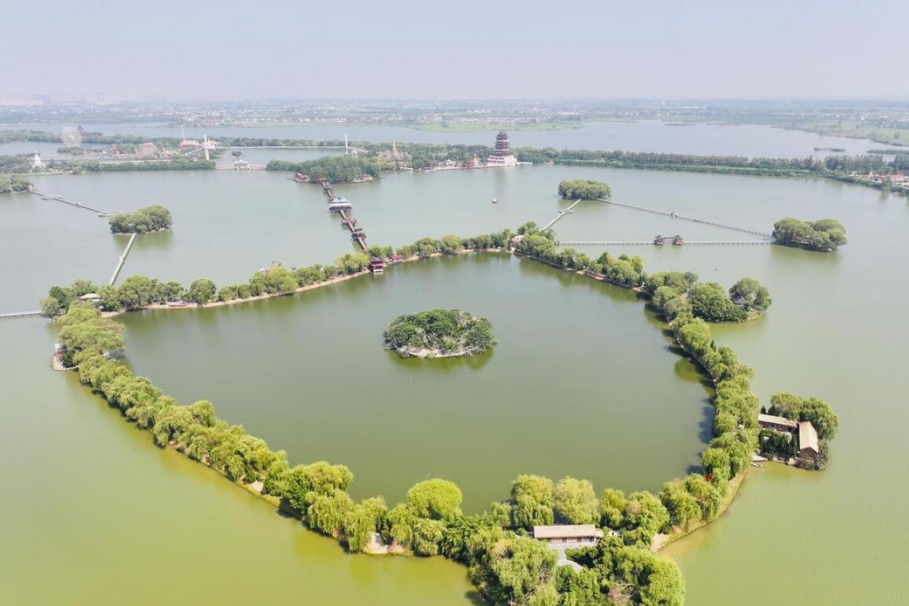
World Scenery
VII. Sanhe Ancient Town

Related Articles:Half-Day Travel Guide to Sanhe Ancient Town in Hefei, Anhui
Ruins of the Great Victory in Sanhe
VIII. Longchuan Scenic Area in Jixi, Xuancheng City
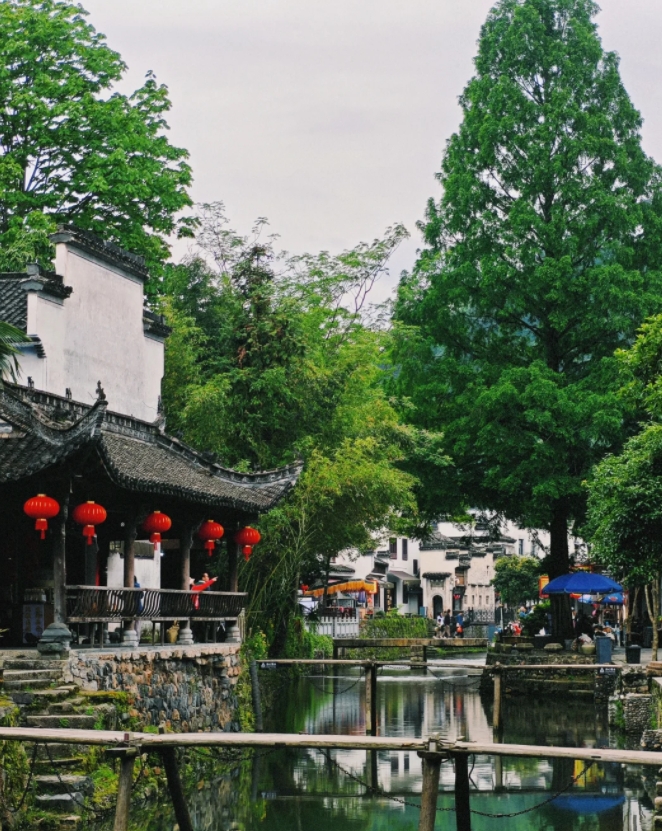
Related Articles:One-Day Trip to Longchuan Scenic Area in Jixi, Xuancheng, Anhui
Yishi Shangshu Archway
IX. Ancient Huizhou Cultural Tourism Area in Huangshan City

Related Articles:I Prefer This Ancient Huizhou City Over Hongcun
Huizhou Ancient City
X. Qiyun Mountain Scenic Area
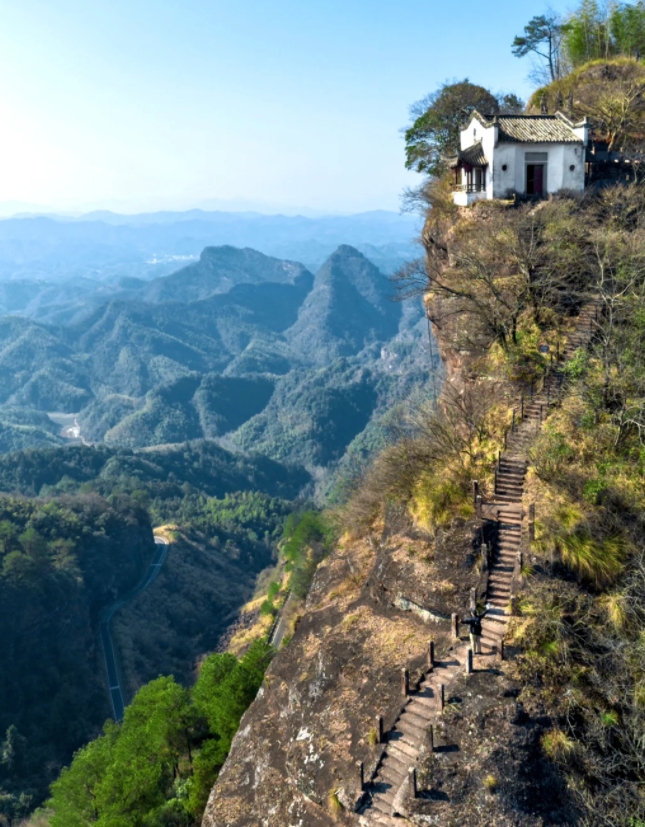
Related Articles:I Prefer Qiyun Mountain, a Hidden Gem Known Only to Locals, Over Huangshan
Blessed Land with Caves